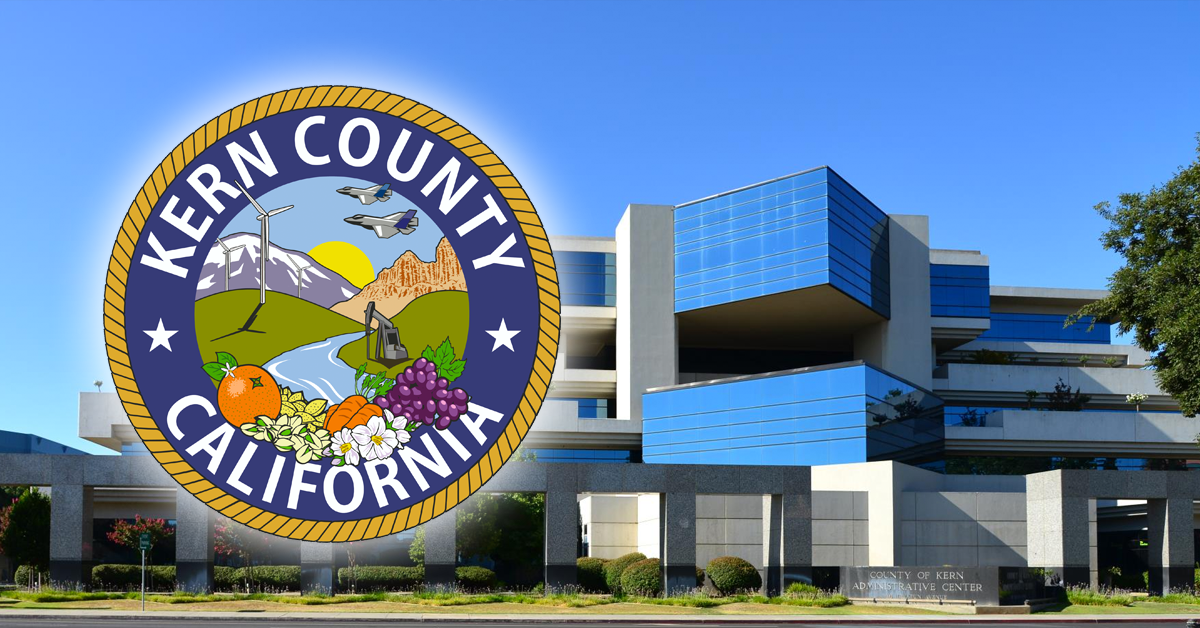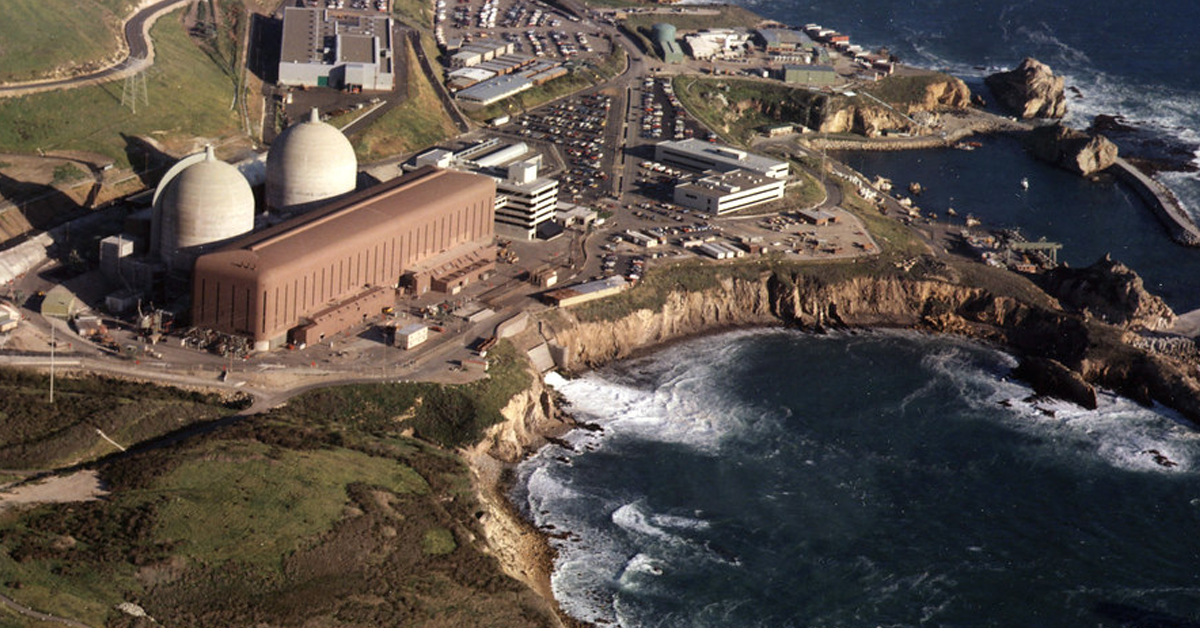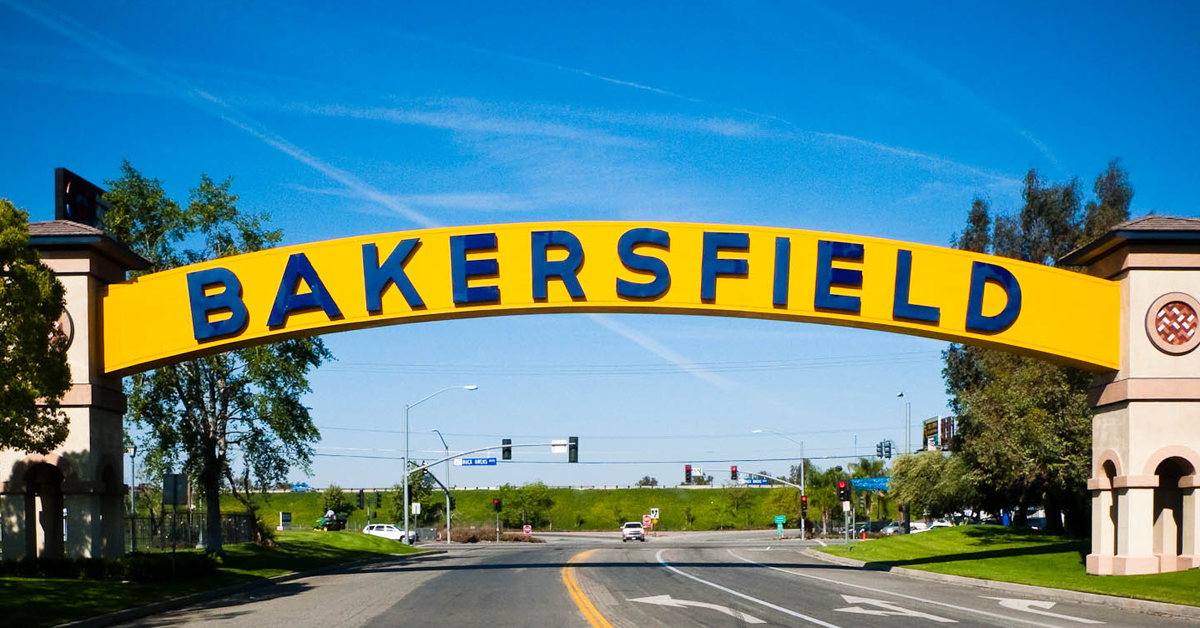An upcoming rush of floodwaters on the Kern River, courtesy of the “Big Melt” of Sierra snowpack, is forcing Chevron to prepare for stoppages in operations in the region.
Driving the news: The company is taking steps to avoid an oil spill at its Kern River Oil Field in the event of catastrophic flooding.
- In areas where pumpjacks bob along the shoulders of the Kern River, Chevron has been shutting down wells, draining pipelines, turning off electrical power, erecting dikes, and bolstering river banks with riprap.
- Crews on the ground and in spotter planes are fanning out each day to search for emerging hazards along the river’s edge.
Why it Matters: Already, rising saturation levels in soils along the river have triggered emergency response plans that have included shutting down at least a dozen pump jacks before they were actually flooded, officials said.
- Shutting down a pump jack is an economically risky proposition, as once idled, the company may not be able to turn the pump back on again.
- For Chevron, the idled wells would represent a slight reduction in the overall number of barrels per day it sends to refineries in El Segundo and Northern California, where crude oil is converted into diesel and jet fuel, and gasoline for the cars of Southern California.
- Kern County’s easy oil was brought up long ago, and what remains now is the syrupy, low-value crude that must be heated with massive injections of 450-degree Fahrenheit steam before it can be recovered.
- Overall, the 10,750-acre oil field produces less than 3% of the crude oil consumed each year in California, officials said, with much of the rest imported from other countries.
- The impacts of taking wells out of circulation are also felt by a variety of businesses that sell a broad range of well-head services and supplies, including seismic analysts, well drillers, refinery operators, and manufacturers of metal tubing, mud, and cement.
- The company’s preparations come as federal engineers have been releasing more Kern River water from Lake Isabella than is flowing into the reservoir from the snowbound peaks of the southern Sierra Nevada.
- The U.S. Army Corps of Engineers told Chevron that it will provide advance warning of six to 10 hours if it determines that emergency releases of water large enough to flood portions of its oil field are necessary to prevent the reservoir from being overwhelmed by snowmelt.
What they’re saying: The action is needed, officials say, to prevent water from spilling over the reservoir dam and sending floodwaters rolling into low-lying areas that include the city of Bakersfield, farm towns, Highway 99, and portions of Kern County’s famed oil patch.
- The U.S. Army Corps of Engineers has told Chevron that it will provide advance warning of six to 10 hours if it determines that emergency releases of water large enough to flood portions of its oil field are necessary to prevent the reservoir from being overwhelmed by snowmelt.
- Kern River Watermaster Mark Mulkay said, “There’s a lot of fear going around because people aren’t used to seeing so much water in the river. My response is this: Stay calm. We believe that the snowmelt is under control and manageable. The levees through Bakersfield are in good shape, although some recreation areas and bike paths may get a little bit wet.”
- Brad Vieselmeyer, Chevron’s general manager of operations and maintenance, said, “the worst-case scenario here would be a crash on a levee. So, making sure that our troubled wells can be quickly turned off in a responsible manner is good for business, the environment, and the community.”










